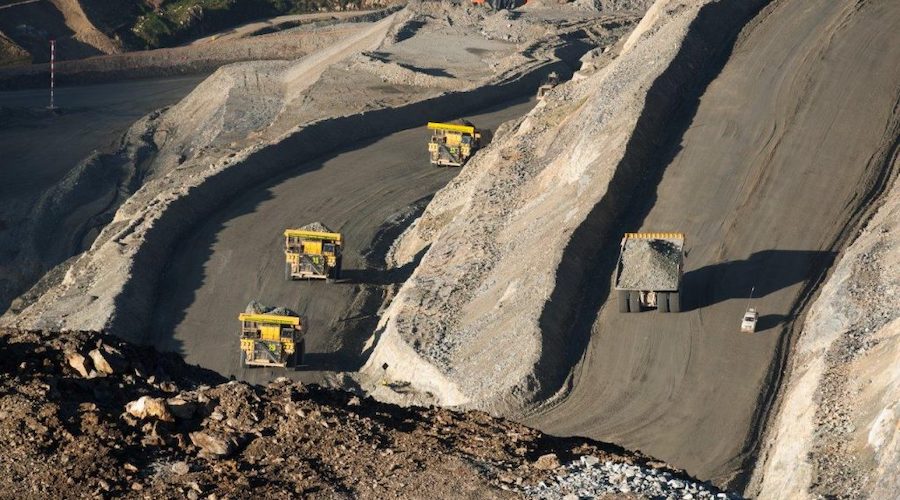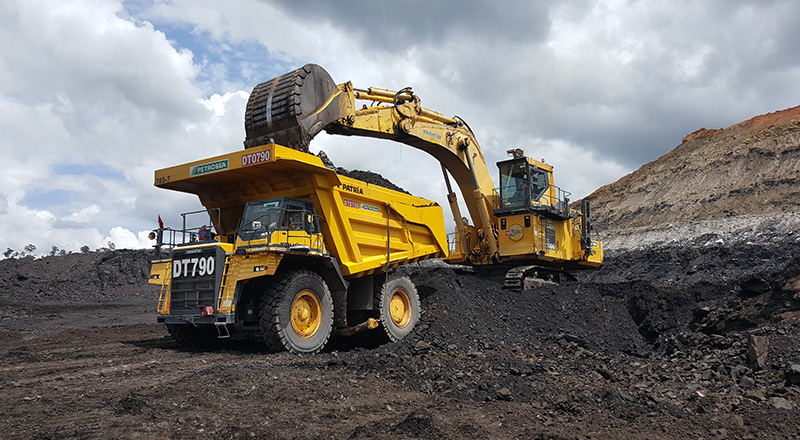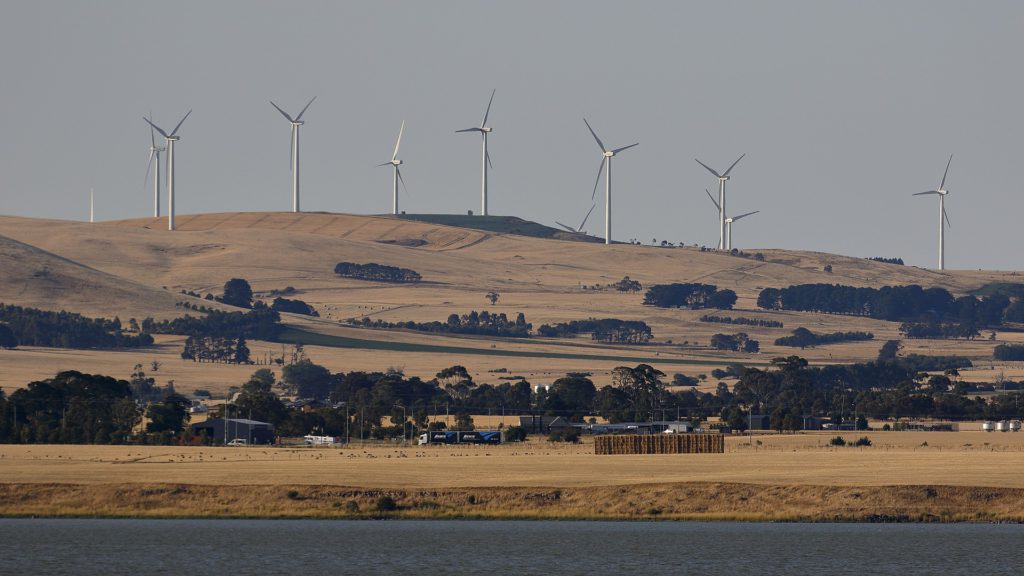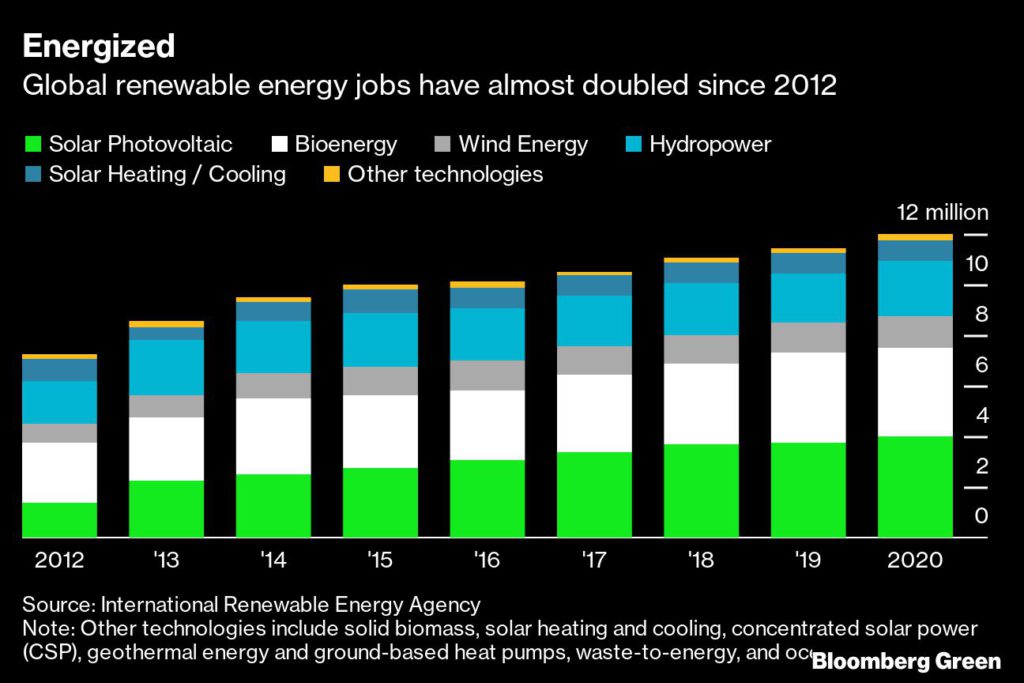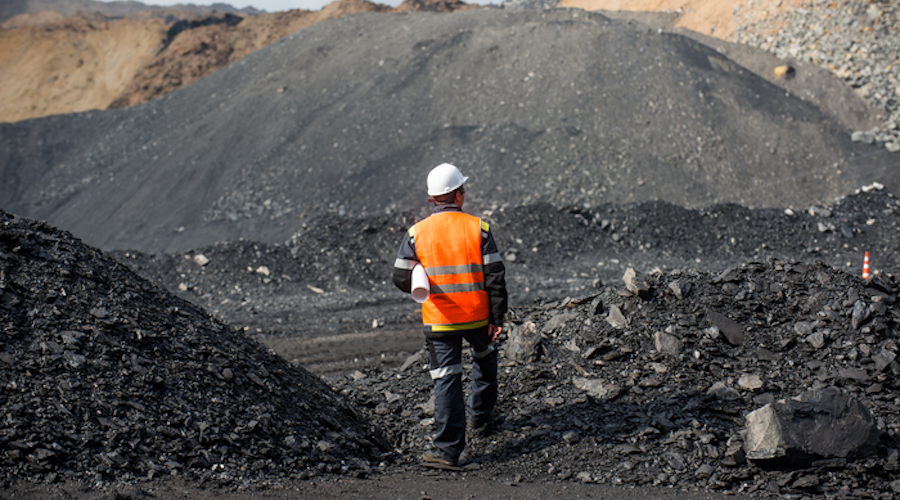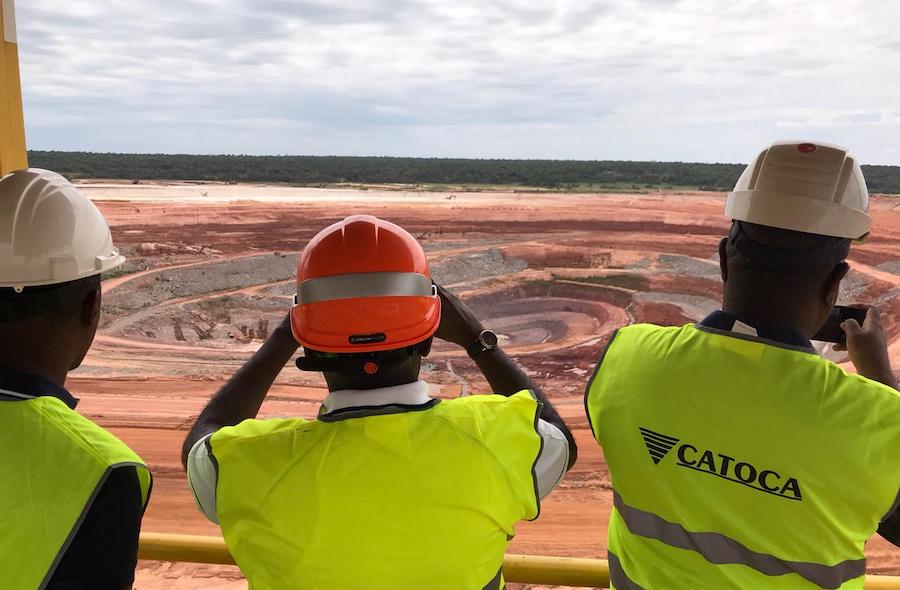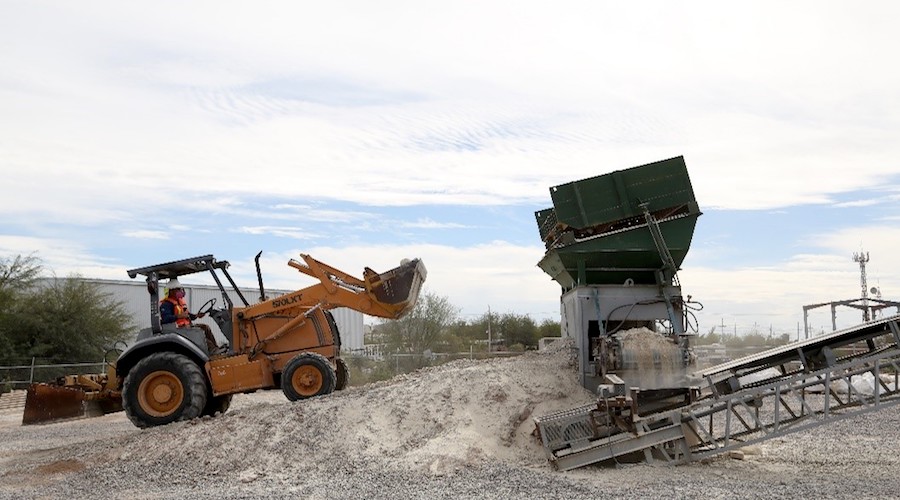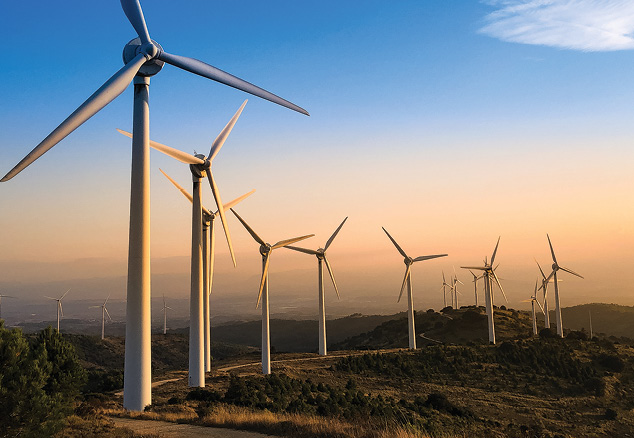Wind and solar energy in Texas are increasing rapidly and could soon replace coal pretty entirely, Fortune reported last month. There is only one catch, the article said: the grid isn’t ready for so much renewable energy.
A similar message came from the solar industry association recently. Developers were ready to start work on the massive buildup of renewable energy capacity required for the Biden administration’s goal of 100-percent net-zero electricity by 2035, the industry said. The grid, however, wasn’t ready to take it in.
“Quarter after quarter, our industry continues to break records with respect to diversifying our fuel supply and allowing our country to be energy-independent through renewables, but, unfortunately, the regulatory process and framework has not caught up,” the senior director of regulatory affairs and counsel at the Solar Energy Industries Association said in March.
The electric grid was developed for an energy system supplied predominantly by fossil fuel sources. The coal or gas-fired power plants generate electricity, which is then transmitted via transmission lines and substations to the end consumer. However, wind and solar installations do not work this way, Solar Power World noted in a report on the grid problems of America’s transition.
Wind and solar power installations do not produce power continuously, so it is difficult to maintain a constant flow of electricity across the grid with a lot of output from wind and solar farms—at least as it is designed now. This means that grid operators will need to upgrade. And this will cost a lot.
California, for instance, recently approved $3 billion in financing for a total of 23 projects targeting upgrades and expansion of the grid over the next ten years as the state’s renewable energy output grows. And that’s just one state.
Utilities in the United States are set to spend some $140 billion this year and next on reducing carbon emissions and upgrading the grid, the Wall Street Journal reported last week, citing research from the Edison Electric Institute. These investments are urgent, as the national grid becoming increasingly unreliable under the twin weight of aging infrastructure and the influx of wind and solar electricity.
Related: 2 ETFs To Bet On Amid Wild Uncertainty And Volatility
According to industry executives who talked to the WSJ, climate change is also adding urgency to the grid upgrade as extreme weather events, according to scientists, become more frequent and the grid is vulnerable to them.
“We have entered a historic period of transformation in the energy industry, especially in the electric industry,” the CEO of DTE Energy Co., Jerry Norcia, told the WSJ. “When we weigh the pace of investment, both in the transformation of our generation fleet as well as the investments we’re making in our grid, we’re looking very closely at how we finance that.”
The problem for the end consumer is that no matter how utilities finance the massive grid upgrade needed to make it more resilient and more accommodative of wind and solar, electricity bills are set to rise. And this is happening amid inflation rates last seen in the early 80s.
The scale of the challenge is truly stunning, and Texas is a prime example. Per the Fortune article, renewable power installations in different parts of the Lone Star State can generate power at different times. For instance, in the western part of the state, the wind is strongest during the night, while in the southern coastal area, it is strongest in the afternoon. To make the best of these resources, the state needs a grid that connects these parts directly.
This is the challenge that all other states face, too, and not only on a state level. California, for example, is a major importer of electricity, so the grid upgrade would need to be a national endeavor. President Biden’s infrastructure bill envisages $15 billion in spending on the upgrade of existing transmission lines and building new ones to accommodate wind and solar. Against the background of utilities’ forecast spending plans of over $100 billion annually, that amount looks minuscule.
The bill for the grid upgrade, then, would have to be footed by taxpayers. Utilities can only absorb so much additional cost, especially now when inflation, supply chain snags, and shortages of various kinds are already squeezing the business. What this means is that higher energy costs may be about to become a fixture of everyday life.
The pipeline of wind and solar projects in the U.S. is massive, per the Biden Administration’s energy transition plans. Some of these projects have had to be shelved due to the rising costs of raw materials but some will go through—especially with the current rates of government support. Things may change after the November elections, but until then, renewables remain a priority.
The higher costs of power generation from renewables will likely combine with the additional—and sizeable—spending that utilities are planning to make the grid more renewable-friendly to push electricity bills higher. Fossil fuel power generation won’t help balance bills, either. Gas and coal prices are through the roof amid a sharp increase in demand. However we look at it, electricity is going to get more expensive.
By Irina Slav for Oilprice.com
